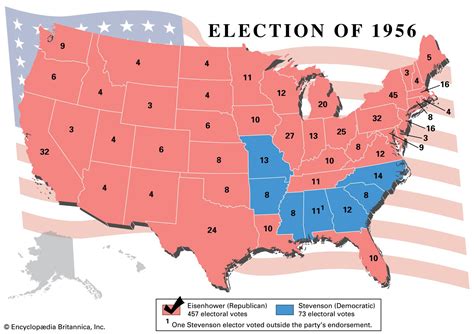1956 to 2024: Uncovering the Years – A Journey Through History and Societal Shifts
The span from 1956 to 2024 encompasses a period of profound global transformation. From the post-war boom to the digital revolution, this era witnessed seismic shifts in technology, politics, culture, and social norms. Understanding this period requires delving into its multifaceted layers, examining key events and their lasting impact. This article explores this rich tapestry of history, examining significant milestones and answering some frequently asked questions about this pivotal period.
What were the major world events between 1956 and 2024?
This period witnessed a cascade of pivotal events that reshaped the global landscape. The Cold War dominated much of the early years, punctuated by events like the Suez Crisis (1956), the Cuban Missile Crisis (1962), and the Vietnam War (1955-1975). These events highlighted the intense geopolitical tensions and the ever-present threat of nuclear annihilation. The latter half of the 20th century saw the collapse of the Soviet Union (1991), marking the end of the Cold War and ushering in a new era of globalization. The 21st century, however, has been characterized by new challenges, including the rise of terrorism, climate change, and global pandemics like COVID-19 (2020-present). Technological advancements, such as the invention of the internet and the proliferation of mobile devices, have fundamentally altered communication, commerce, and social interaction.
What significant technological advancements occurred between 1956 and 2024?
Technological advancements during this period were nothing short of revolutionary. The invention of the integrated circuit in 1958 laid the groundwork for the digital revolution. The subsequent development of personal computers, the internet, and mobile devices transformed how we live, work, and interact with the world. Medical advancements, such as organ transplantation and genetic engineering, extended lifespans and improved the quality of life for millions. Space exploration reached new heights with the Apollo 11 moon landing in 1969, inspiring generations and pushing the boundaries of human ingenuity. This period also saw the rise of artificial intelligence, machine learning, and automation, technologies that are rapidly reshaping industries and society as a whole.
How did social and cultural norms change between 1956 and 2024?
The period from 1956 to 2024 saw dramatic shifts in social and cultural norms. The Civil Rights Movement in the United States challenged racial segregation and inequality, leading to significant legal and social changes. The feminist movement fought for gender equality, challenging traditional gender roles and advocating for women's rights. The LGBTQ+ rights movement has worked tirelessly to achieve recognition and acceptance for the LGBTQ+ community, leading to legal victories and increased visibility. These movements, along with others advocating for social justice, have brought about significant changes in attitudes and societal structures, albeit with ongoing struggles for full equality. Globalization has also led to increased cultural exchange and interconnectedness, albeit with challenges of cultural homogenization and the preservation of diverse traditions.
What were the major political changes between 1956 and 2024?
The political landscape experienced radical transformations during this period. The Cold War's bipolarity gave way to a more multipolar world order, with the rise of new global powers. Decolonization efforts across Africa and Asia led to the emergence of numerous independent nations. The rise of globalization has led to increased international cooperation but also to new challenges in managing global affairs. The rise of populism and nationalism in recent years presents new complexities to international relations and domestic politics across the globe. These shifts underscore the dynamic and often unpredictable nature of global politics.
What are some of the key challenges facing the world today that originated or were exacerbated during this period?
Many of the challenges facing the world today have their roots in the period between 1956 and 2024. Climate change, driven by industrialization and population growth, poses a significant threat to the planet's ecosystems and human societies. Economic inequality, fueled by globalization and technological advancements, continues to be a major source of social unrest. The proliferation of nuclear weapons remains a significant threat to global security. These challenges, along with others like resource scarcity, political instability, and the spread of misinformation, require international cooperation and innovative solutions to mitigate their impact.
In conclusion, the period from 1956 to 2024 represents a journey through a transformative era. Understanding this period requires acknowledging the complexities of its numerous events, technological advancements, social changes, and political shifts. By recognizing the interconnectedness of these factors, we can gain valuable insights into the world we inhabit today and better prepare for the challenges and opportunities that lie ahead.

